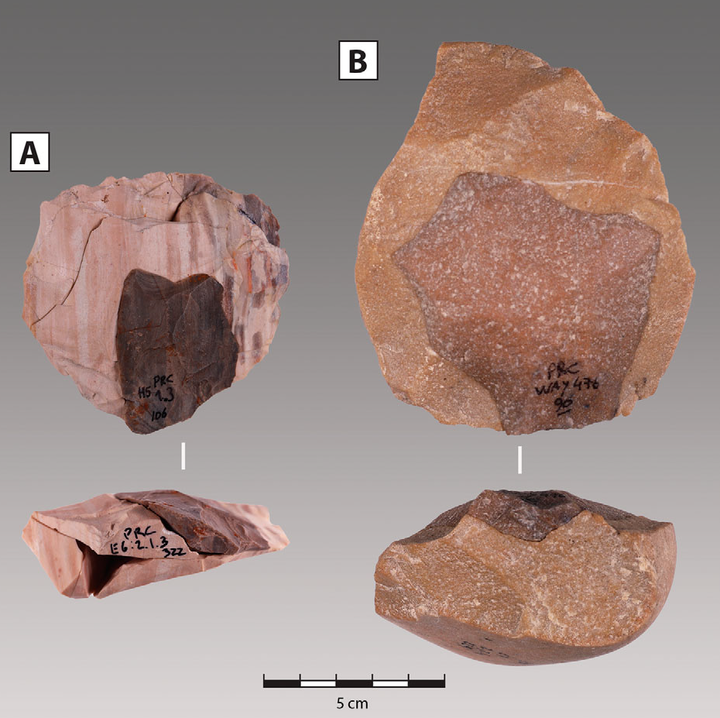Late Pleistocene Landscape and Settlement Dynamics of Portuguese Estremadura

Abstract
Here we report the results of an integrated geoarchaeological survey to study Palaeolithic human settlement dynamics in the coastal region of Portuguese Estremadura. The region has been an important focus of human occupation across multiple glacial-interglacial cycles, including periods of well-documented abrupt climate instability during MIS 3 and 2. The pedestrian survey covered a roughly 10 km wide strip of land between São Pedro de Muel and Peniche. The survey intensively targeted three landscape settings with Pleistocene-age surfaces and sediments: the coastal bluffs with exposed aeolian, fluvial, and colluvial sands; the Caldas da Rainha diapiric valley and associated fluvial/estuarine fills; and, Cretaceous chert-rich limestone uplands that bound the inland margin of the study area. We discovered dozens of new Palaeolithic sites, analyzed numerous Pleistocene sedimentary sections, and applied widespread OSL-dating to establish age control that allowed us to build a regional geomorphic history to contextualize Late Pleistocene human settlement across the region.